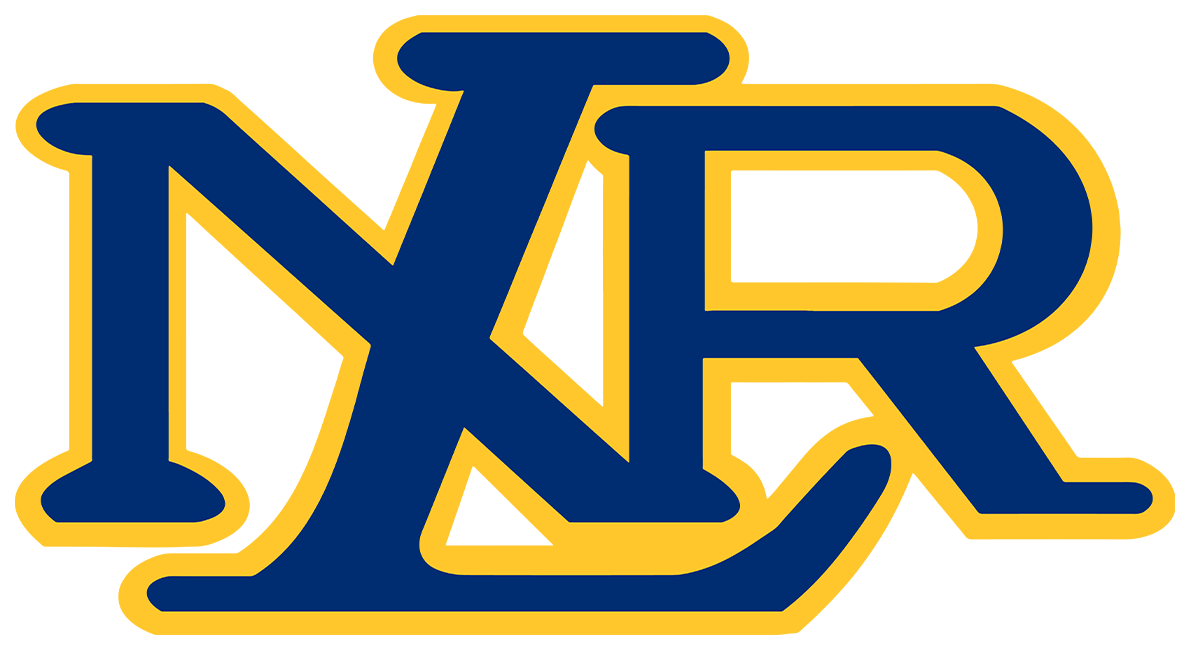Student Dress Guidelines Video
STUDENT DRESS AND GROOMING
One area we need to continually highlight is dress code. Please help us to teach
students about appropriate workplace attire. School is a student’s workplace, and as such,
there are expectations for appearance. We hope to teach students the value of dressing
appropriately for time and location, which is a valuable post-secondary skill. Highlights
of the district-approved guidelines for student attire include:
All students must wear shoes.
Pajamas and blankets are prohibited.
Clothing must be worn so it covers underwear, as well as the back, midriff,
chest and buttocks. All tops must have straps (minimum width 2 inches, no
spaghetti straps), and the top should cover the chest, underarm, back
and stomach.
Half shirts, undershirts, see through or mesh shirts, tube tops, or any tops
without a back will not be allowed.
Skirts and shorts must be of appropriate length (no shorter than mid-thigh
all the way around the leg) while standing, sitting, and walking. This
length also applies to tears/rips in pants.
Yoga pants, leggings, jeggings and any spandex or skin tight garment shall
be covered by a garment that provides a minimum coverage past the hips both
front and back.
Sunglasses, masks, or any attire which covers the face are prohibited, along
with hats, du-rags, hoods, curlers, picks, bandanas, and combs.
Clothing that promotes alcohol, drugs, weapons, tobacco, gang affiliation,
sexuality, or profanity is prohibited, as well as clothing that promotes a
discriminatory or derogatory message.
The school principal will determine the dress code for special events such
as graduation, prom, dances, etc.
If in the judgment of the administration, a student’s attire is a health hazard or a
distraction to the educational atmosphere of the school, the student may be sent home to
make proper adjustments before returning to school.
Disciplinary action, unexcused, or
unexcused tardy may occur when in violation of the established dress code.

